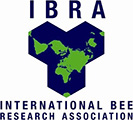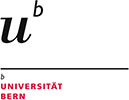|
In spring there is often a rise in honey bee mortality incidents. The aim of this study was to investigate the potential |
|
Marianna Martinello, Chiara Baratto, Chiara Manzinello, Elena Piva, Alice Borin, Marica Toson, Anna Granato, Maria Beatrice Boniotti, Albino Gallina & Franco Mutinelli (2017) Spring mortality in honey bees in northeastern Italy: detection of pesticides and viruses in dead honey bees and other matrices, Journal of Apicultural Research, 56:3, 239-254, DOI: |
| http://dx.doi.org/10.1080/00218839.2017.1304878 |







